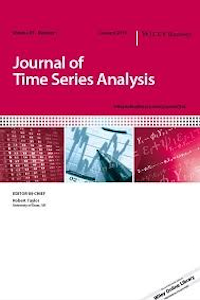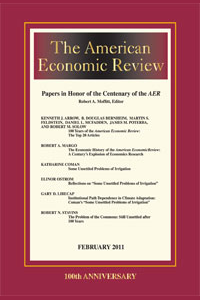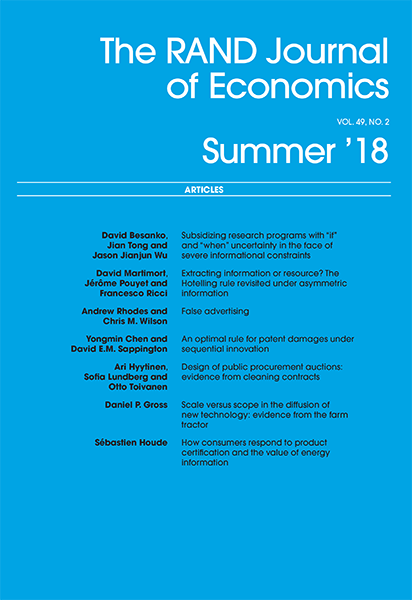
Harvey, A. C. and Lange, R-J.
Modeling the Interactions between Volatility and Returns using EGARCH‐M
Journal of Time Series Analysis
Vol. 39(6) pp. 909-919 (2018)
Abstract: An EGARCH‐M model, in which the logarithm of scale is driven by the score of the conditional distribution, is shown to be theoretically tractable as well as practically useful. A two‐component extension makes it possible to distinguish between the short‐ and long‐run effects of returns on volatility, and the resulting short‐ and long‐run volatility components are then allowed to have different effects on returns, with the long‐run component yielding the equity risk premium. The EGARCH formulation allows for more flexibility in the asymmetry of the volatility response (leverage) than standard GARCH models and suggests that, for weekly observations on two major stock market indices, the short‐term response is close to being anti‐symmetric.
Keywords: ARCH-in-mean, dynamic conditional score (DCS) model, equity risk premium, leverage, two-component model
JEL Codes: C22, G15
Author links: Andrew Harvey
Publisher's Link: https://doi.org/10.1111/jtsa.12419 ![]()
Keynes Fund Project(s):
Dynamic Models for Volatility and Heavy Tails (JHLC)
Dynamic Models for Volatility and Heavy Tails (JHLH)
Cambridge Working Paper in Economics Version of Paper: Modeling the Interactions between Volatility and Returns, Harvey, A. C. and Lange, R.-J., (2015)



